order
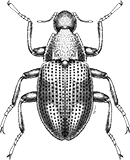
Coleoptera
“Adult Beetles”

Coleoptera
“Larval Beetles”

Diptera
“True Flies”

Ephemeroptera
“Mayflies”
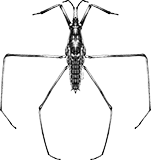
Hemiptera
“True Bugs”

Lepidoptera
“Aquatic Caterpillars, Snout Moths”

Megaloptera
“Alderflies, Dobsonflies, and Fishflies”
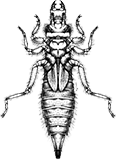
Odonata
“Dragonflies and Damselflies”
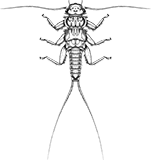
Plecoptera
“Stoneflies”
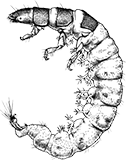
Trichoptera
“Caddisflies”
family
Apataniidae
genus
Apatania
“Mountain Casemaker Caddisflies”
Genus Overview
14 species in North America. Primarily found in cool, running, montane waters. Usually in springs or headwaters. One European species has been found to produce a secretion that can paralyse insect predators like Rhyacophila larvae.
Characteristics
POLLUTION TOLERANCE
Southeast: 0.6
0 = least tolerant, 10 = most tolerant
FEEDING HABITS
Collector / Gatherer
Scraper / Grazer
Scraper / Grazer
MOVEMENT
Climber
Clinger
Sprawler
Clinger
Sprawler
DISTRIBUTION
Widespread (east of the Rocky Mtns.)
HABITAT
Lentic-littoral
Lotic-erosional
Lotic-erosional
Diagnostic Characters
order
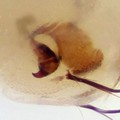
Prolegs With Single Hook
family
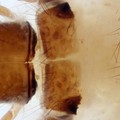
Mesonotum sclerotized
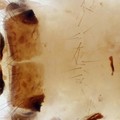
Metanotum mostly membranous
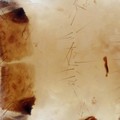
Setose metanotum
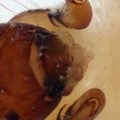
Smooth mandibular margins
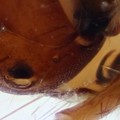
Antenna Midway Between Eye and Mandible
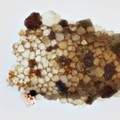
Hooded sand case
+ Expanded Character List
Order:
Larvae: Wings/wing pads absent. Eye spots present, but compound eyes absent. Antennae usually small, inconspicuous. Three pairs of segmented legs present on thorax. Pair of anal prolegs, each with single hook, located on last abdominal segment. Larvae can be free-living, in silken retreats attached to substrate, or in usually-portable tubes or cases made of sand, rocks, or plant material.
Family:
The larva lives in a papoose-shaped case of fine sand grains on tops of rocks; its tiny antennae are halfway between the eyes and the mouthparts; the mandibles lack teeth; the tops of the first two thoracic segments are covered by sclerites; the top of the third thoracic segment (metanotum) is hairy and usually lacks sclerites near the midline; anal prolegs are mostly fused with the end of the abdomen except their apical hooks.
Genus:
metanotal sa1 sclerites lacking, setae on sa1 more linear across mid-dorsal line
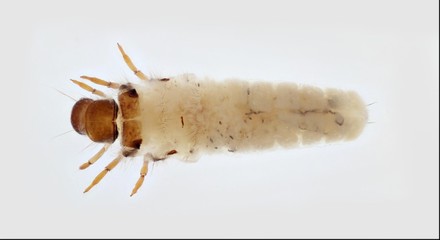
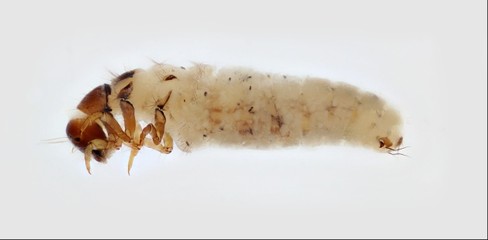
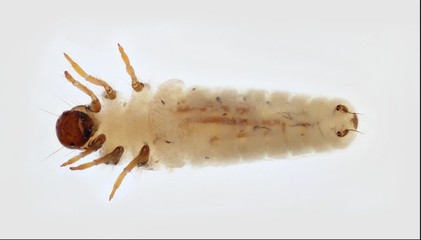
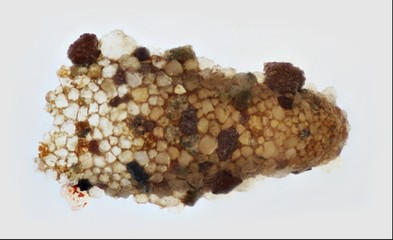
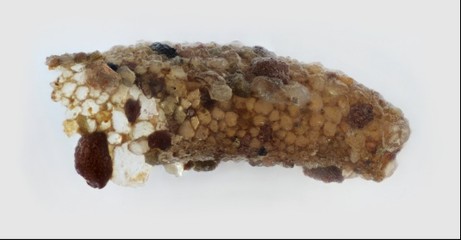
Dorsal
Lateral
Ventral
Case
Case



